
Western Front
¥274.68
The area of Belgium and northern France that was the Western Front is a place like no other. In a line running seven hundred kilometers from the English Channel to the Swiss border the horrors of industrialised war consumed men by the millions for over four years.When the War finally ended, entire societies were in shock and the ensuing outpouring of grief can be seen today in the countless cemeteries and memorials that dot the landscape. Much has been written of the British experience and the work of the Commonwealth War Graves Commission including the major architects of national memorials, but little material can be found regarding the American, French and German sites. In 2013 Marcel and a friend travelled the entire length of the Western Front. The images he captured tell an amazing story and the chapters of the book are organised in such a way as to help the reader to understand the stupendous efforts of the nations involved to remember their fallen.


易中天带你读懂中国(套装共5册)
¥274.20
《大话方言》是易中天的一部别具特色的文化著作。在本书中,作者通过“南腔北调”“朝秦暮楚”“东拉西扯”“死去活来”“张冠李戴”“指桑骂槐”六个部分,对中国各地方言文化进行详细考察,并以其一贯风趣诙谐的笔调进行阐释,内容穿古越今、走州过省,追溯方言起源,展现方言特色,充满了奇闻异趣,读时忍俊不禁欲罢不能,常有恍然大悟眼界大开之感,令人回味无穷。 在《读城记》中,易中天记录了在不同城市的经历与所见所闻。通过阅读这些故事,我们也阅读了一个时代的风貌。 城市和人一样也是有个性的。有的粗犷,有的秀美,有的豪雄,有的温情。北京“大气醇和”,上海“开阔雅致”,广州“生猛鲜活”,厦门“美丽温馨”,成都“悠闲洒脱”,武汉“豪爽硬朗”。就像喜欢品评人物一样,人们也喜欢议论城市。 城市文化往往被看成一个谁都可以插上一嘴的话题,就像看完一部电视连续剧后谁都可以发表一番议论一样。中国的城市非常可读,中国可读的城市又是何其之多!行万里路,读万卷书。 《品人录》,项羽刘邦、曹操刘备诸葛亮、武则天长孙无忌、海瑞、康熙雍正年羹尧……以五个历史人物为切入点,有据有料地告诉你,关于他们的英雄故事、政治角力、宫斗大戏。 作者对史实与考据信手拈来,用宏观的眼光看待个人与历史环境的相互作用。写作笔调轻松有趣,文本充 《中国的男人和女人》展现了不同时代的中国男女风貌。 本书从两个性别角色入手,先对文学作品中的典型人物进行分析,再到两者现实的社会表现,进一步考察两者关系的社会历史演变。本着实证精神,这种考察并没有止步于某个特定历史时期的道德边缘,而是呈现了两性关系的完整图景,其内容有助于人们寻求自身性别角色的历史渊源。 书中有述、有证、有观点、有故事,知识性和趣味性兼具。 《中国人的智慧》以易懂的语言,阐释周易的启示、中庸的原则、兵家的思考、老子的方法、魏晋的风度、禅宗的境界,基本包含中国原典精髓。看完本书,中国智慧的精华也便算走马观花地浏览了一遍。

The Complete Zimiamvia (Zimiamvia)
¥273.90
The classic epic trilogy of parallel worlds, admired by Tolkien and the great prototype for The Lord of the Rings and modern fantasy fiction. Also includes The Worm Ouroboros. When Tolkien’s The Lord of the Rings was published, reviewers saw that there was only one author with whom he could legitimately be compared: Eric Rucker Eddison (1882-1945). He met both Tolkien and Lewis, and was cited by both as the game-changer in fantastic literature and a key influence on them. His two principal works – the sprawling and opulent fantasy trilogy Zimiamvia (which has been favourably compared to Mervyn Peake’s Gormenghast) and the earlier hedonistic The Worm Ouroboros (a cross between H.P. Lovecraft and Lord Dunsany) – put Eddison up among the masters of his craft. Admirers including Ursula Le Guin, Robert Silverberg and Clive Barker have all lined up to praise his books. This complete eBook edition includes the three books of the Zimiamvia Trilogy - Mistress of Mistresses, A Fish Dinner in Memison, and The Mezentian Gate, together with the epic prelude novel The Worm Ouroboros.

Plant Pests (Collins New Naturalist Library, Book 116)
¥273.90
Ever since man first cultivated plants and grew crops, insects, mites and other creatures have risen to prominence as pests, but it is only throughout the last two centuries that we have come to study them in any detail. Whereas in the past, emphasis has mainly been placed on ways to protect cultivated plants from attack or damage, nowadays our over-reliance on pesticides has been replaced by a far more enlightened approach to plant protection. Though chemical pesticides still have a role to play, environmental aspects and non-chemical means of pest control have become equally, if not more, important. This requires a greater appreciation of ecosystems, coupled with a greater understanding of individual pests, including their habits and their role in the environment. Drawing on a lifetime of experience, David V. Alford provides a fascinating account of the natural history of the insects and mites that inhabit our farms and gardens, and feed on our cultivated plants. He shows how and why the different operations of cultivation affect their world, and why plant pests should not be viewed as different from other wildlife. Coverage of pests includes aliens, and although emphasis is placed mainly on arable and horticultural field crops, pests of protected crops - both edible and non-edible - are also included. Details of pest life cycles, status, distribution and the damage they cause are given, and natural enemies of pests are examined. The author also explores the impact of pesticides, climate change and evolving crop management practices.

木心诗歌系列合集6册
¥273.75
木心诗歌系列6种 (10)《西班牙三棵树》——木心的长短句,一部处处潜伏着“精神密码”的木心诗集。多处可见对文学大家叶慈、托尔斯泰、陀思妥耶夫斯基、帕斯卡尔、博尔赫斯等的祭奠,并收入文言短篇多则,像是诗又像小品。 (11)《我纷纷的情欲》——“尤其静夜,我的情欲大,纷纷飘下……”收入100多首诗作,诗集首版时已72岁,可见当年旧迹。其中一首《杰克逊高地》,“不知原谅什么,诚觉世事尽可原谅”,如《从前慢》一样,已被民谣歌手传唱着。 (12)《诗经演》——依据《诗经》创造性地注入现代内容,每首14行,整整300首。文字是古典的,观念是现代的,一个汉字就是一部文化史,赏玩修辞之美,俨然一场3000年的汉字演义。 (13)《巴珑》——“巴珑”本是马德里的一种酒壶,在西班牙,也在木心的收藏里。一曲想象之旅“世界性的大离骚”,一本致敬人类文明的“拜伦式”诗集。 (14)《伪所罗门书》——不期然而然的“木心”个人成长史,一个抒情诗人的史诗。木心说,将他人的“文”句,醍醐事之,凝结为“诗”句,从魔毯上挥洒下来,岂非更其乐得什么似的。是谓“不期然而然的个人成长史”。 (15)《云雀叫了一整天》——特别收有《从前慢》原汁原味的小诗,“从前的日色变得慢,车、马、邮件都慢,一生只够爱一个人;从前的锁也好看,钥匙精美有样子,你锁了,人家就懂了”……以及木心金句纷披的代表诗篇。


帛书版《道德经》全本全译全解读(3册)
¥273.00
跨越千年时光,回归经典本源!本套装以马王堆帛书版《老子》为蓝本,三卷互补,层层递进!全本全译,逐字破解古文玄机;导读解析,梳理思想脉络与历史背景;深度注读,还原*贴近原意的哲学真义。从入门到精通,从阅读到研究,一套读懂中华文明*高智慧,探寻“道法自然”的终极答案!


老俞对谈录套装(1-4册)
¥272.00
套装包括《向光而行:老俞对谈录》、《心灵激荡:老俞对谈录》、《星河辽阔:老俞对谈录》、《韶华有梦:老俞对谈录》。

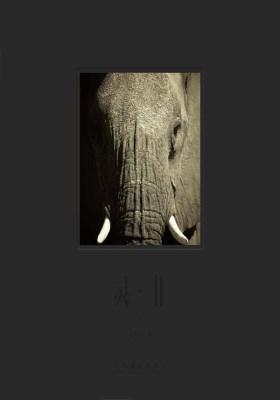
灵·非
¥272.00
这片大陆赋予人想言说的冲动,它超出你平日目睹的世界,在这之上还有一个世界, 渺小的生灵点缀在地球的肌理上,以一种隐秘的气息,环绕周围. 遁迹在此,带着对自然万物轮回荣衰的体察。

中国农村调查(总第52卷村庄类第21卷黄河区域第2卷)
¥272.00
本卷收录了两个村庄的调查报告:一是河北省邢台市宁晋县唐邱乡双井村,二是河北省石家庄市正定县南牛乡牛家庄村。前者属于井灌区村庄,后者属于平原紧凑型村庄。两份报告均从村庄由来、自然、经济、社会、文化、治理六方面,对村庄的传统形态行深描,兼涉其历史变迁与现状,为深了解黄河区域村户社会的底色与特质提供了翔实的一手资料。
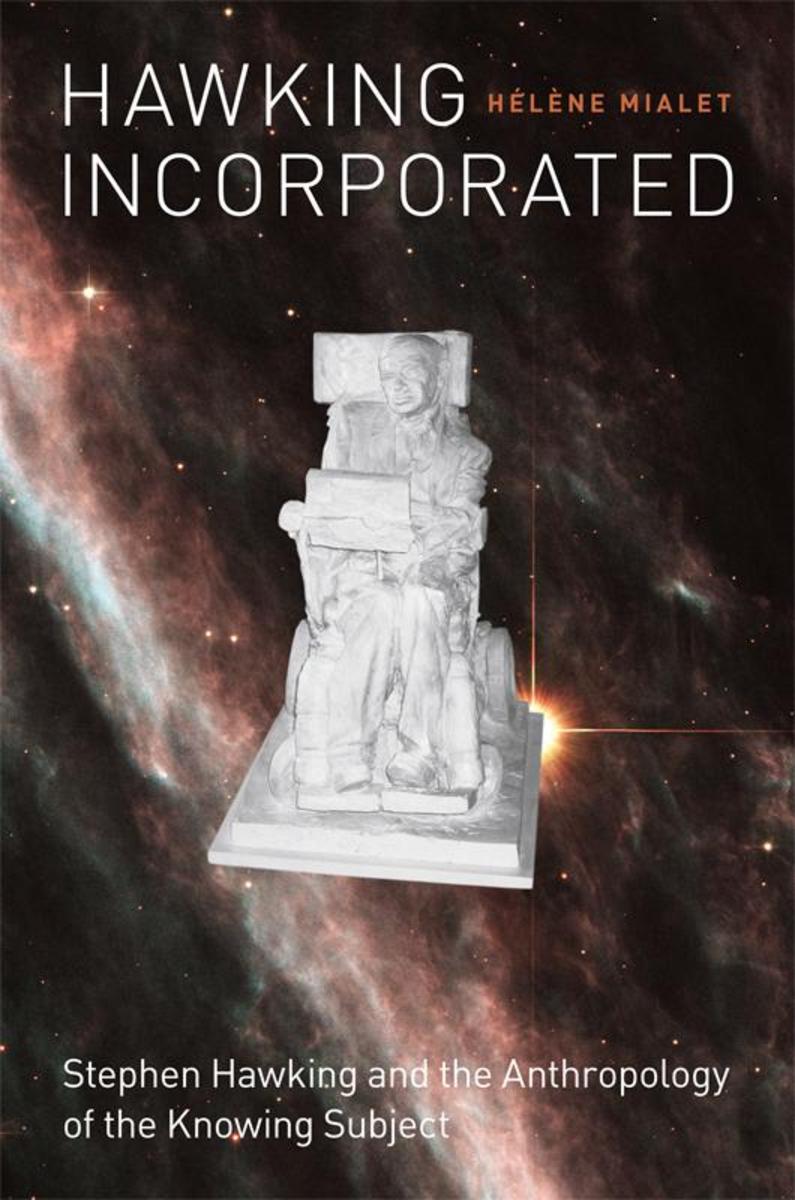
Hawking Incorporated
¥270.76
These days, the idea of the cyborg is less the stuff of science fiction and more a reality, as we are all, in one way or another, constantly connected, extended, wired, and dispersed in and through technology. One wonders where the individual, the person, the human, and the body are-or, alternatively, where they stop. These are the kinds of questions Hlne Mialet explores in this fascinating volume, as she focuses on a man who is permanently attached to assemblages of machines, devices, and collectivities of people: Stephen Hawking.Drawing on an extensive and in-depth series of interviews with Hawking, his assistants and colleagues, physicists, engineers, writers, journalists, archivists, and artists, Mialet reconstructs the human, material, and machine-based networks that enable Hawking to live and work. She reveals how Hawking-who is often portrayed as the most singular, individual, rational, and bodiless of all-is in fact not only incorporated, materialized, and distributed in a complex nexus of machines and human beings like everyone else, but even more so. Each chapter focuses on a de*ion of the functioning and coordination of different elements or media that create his presence, agency, identity, and competencies. Attentive to Hawking's daily activities, including his lecturing and scientific writing, Mialet's ethnographic analysis powerfully reassesses the notion of scientific genius and its associations with human singularity. This book will fascinate anyone interested in Stephen Hawking or an extraordinary life in science.

After Life
¥270.76
Life is one of our most basic concepts, and yet when examined directly it proves remarkably contradictory and elusive, encompassing both the broadest and the most specific phenomena. We can see this uncertainty about life in our habit of approaching it as something at once scientific and mystical, in the return of vitalisms of all types, and in the pervasive politicization of life. In short, life seems everywhere at stake and yet is nowhere the same.In After Life, Eugene Thacker clears the ground for a new philosophy of life by recovering the twists and turns in its philosophical history. Beginning with Aristotle's originary formulation of a philosophy of life, Thacker examines the influence of Aristotle's ideas in medieval and early modern thought, leading him to the work of Immanuel Kant, who notes the inherently contradictory nature of "life in itself." Along the way, Thacker shows how early modern philosophy's engagement with the problem of life affects thinkers such as Gilles Deleuze, Georges Bataille, and Alain Badiou, as well as contemporary developments in the "speculative turn" in philosophy.At a time when life is categorized, measured, and exploited in a variety of ways, After Life invites us to delve deeper into the contours and contradictions of the age-old question, "what is life?"
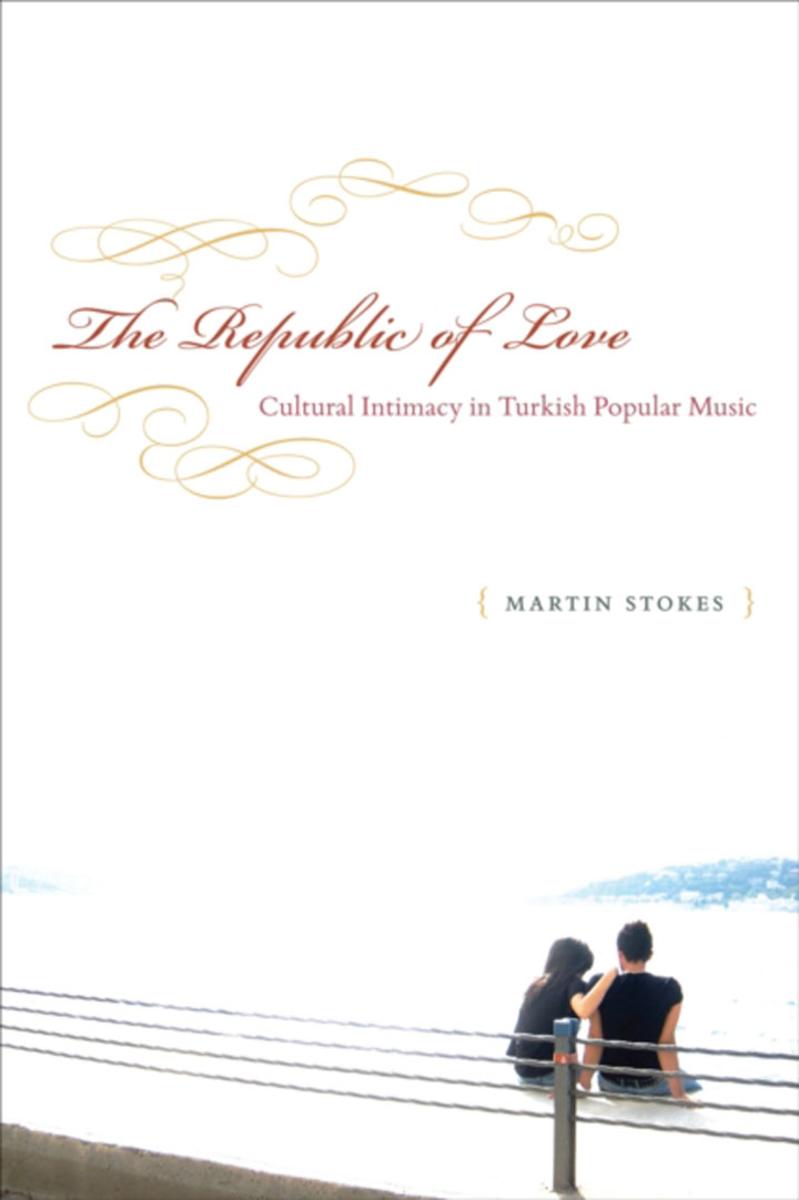
Republic of Love
¥270.76
At the heart of The Republic of Love are the voices of three musicians-queer nightclub star Zeki Muren, arabesk originator Orhan Gencebay, and pop diva Sezen Aksu-who collectively have dominated mass media in Turkey since the early 1950s. Their fame and ubiquity have made them national icons-but, Martin Stokes here contends, they do not represent the official version of Turkish identity propagated by anthems or flags; instead they evoke a much more intimate and ambivalent conception of Turkishness.Using these three singers as a lens, Stokes examines Turkey's repressive politics and civil violence as well as its uncommonly vibrant public life in which music, art, literature, sports, and journalism have flourished. However, Stokes's primary concern is how Mren, Gencebay, and Aksu's music and careers can be understood in light of theories of cultural intimacy. In particular, he considers their contributions to the development of a Turkish concept of love, analyzing the ways these singers explore the private matters of intimacy, affection, and sentiment on the public stage.
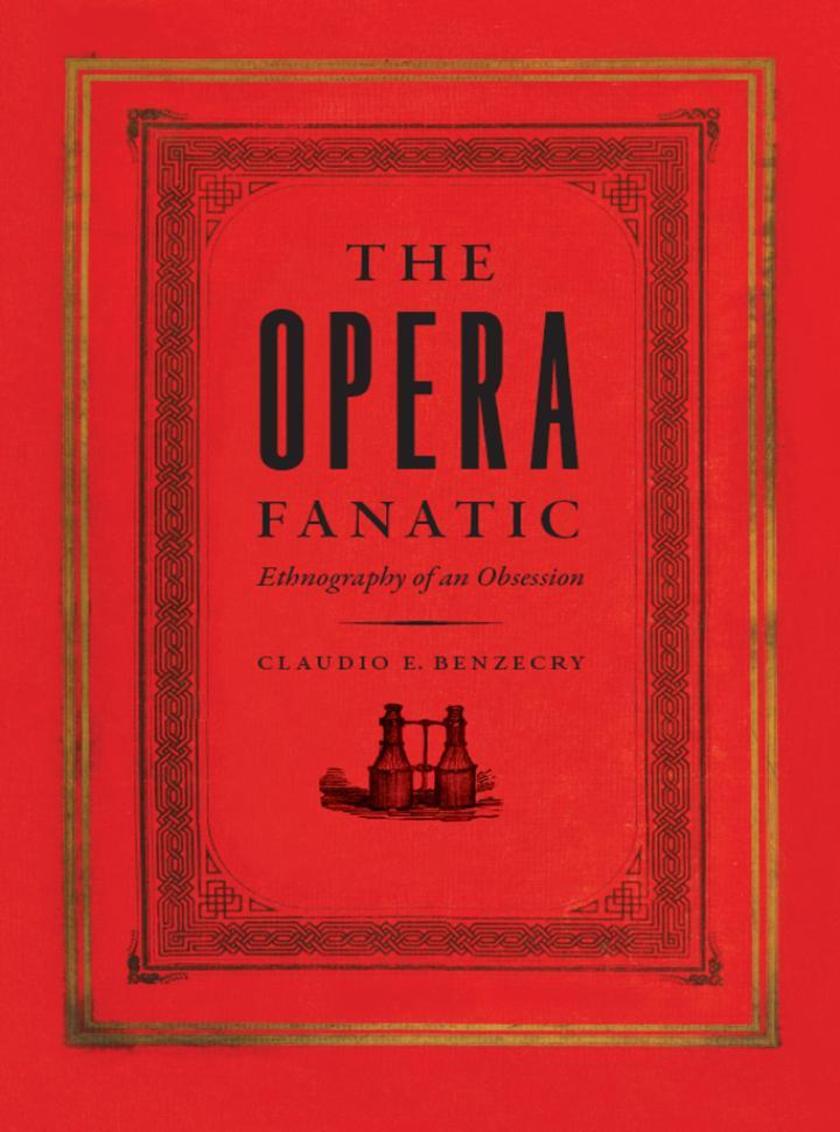
Opera Fanatic
¥270.76
Though some dismiss opera as old-fashioned, it shows no sign of disappearing from the world's stage. So why do audiences continue to flock to itGiven its association with wealth, one might imagine that opera tickets function as a status symbol. But while a desire to hobnob with the upper crust might motivate the occasional operagoer, for hardcore fans the real answer, according to The Opera Fanatic, is passion-they do it for love.Opera lovers are an intense lot, Claudio E. Benzecry discovers in his look at the fanatics who haunt the legendary Coln Opera House in Buenos Aires, a key site for opera's globalization. Listening to the fans and their stories, Benzecry hears of two-hundred-mile trips for performances and nightlong camp-outs for tickets, while others testify to a particular opera's power to move them-whether to song or to tears-no matter how many times they have seen it before. Drawing on his insightful analysis of these acts of love, Benzecry proposes new ways of thinking about people's relationship to art and shows how, far from merely enhancing aspects of everyday life, art allows us to transcend it.

Baker Who Pretended to Be King of Portugal
¥270.76
On August 4, 1578, in an ill-conceived attempt to wrest Morocco back from the hands of the infidel Moors, King Sebastian of Portugal led his troops to slaughter and was himself slain. Sixteen years later, King Sebastian rose again. In one of the most famous of European impostures, Gabriel de Espinosa, an ex-soldier and baker by trade-and most likely under the guidance of a distinguished Portuguese friar-appeared in a Spanish convent town passing himself off as the lost monarch. The principals, along with a large cast of nuns, monks, and servants, were confined and questioned for nearly a year as a crew of judges tried to unravel the story, but the culprits went to their deaths with many questions left unanswered.?Ruth MacKay recalls this conspiracy, marked both by scheming and absurdity, and the legal inquest that followed, to show how stories of this kind are conceived, told, circulated, and believed. She reveals how the story of Sebastian, supposedly in hiding and planning to return to claim his crown, was lodged among other familiar stories: prophecies of returned leaders, nuns kept against their will, kidnappings by Moors, miraculous escapes, and monarchs who die for their country. As MacKay demonstrates, the conspiracy could not have succeeded without the circulation of news, the retellings of the fatal battle in well-read chronicles, and the networks of rumors and correspondents, all sharing the hope or belief that Sebastian had survived and would one day return.?With its royal intrigues, ambitious artisans, dissatisfied religious women, and corrupt clergy, The Baker Who Pretended to Be King of Portugal will undoubtedly captivate readers as it sheds new light on the intricate political and cultural relations between Spain and Portugal in the early modern period and the often elusive nature of historical truth.
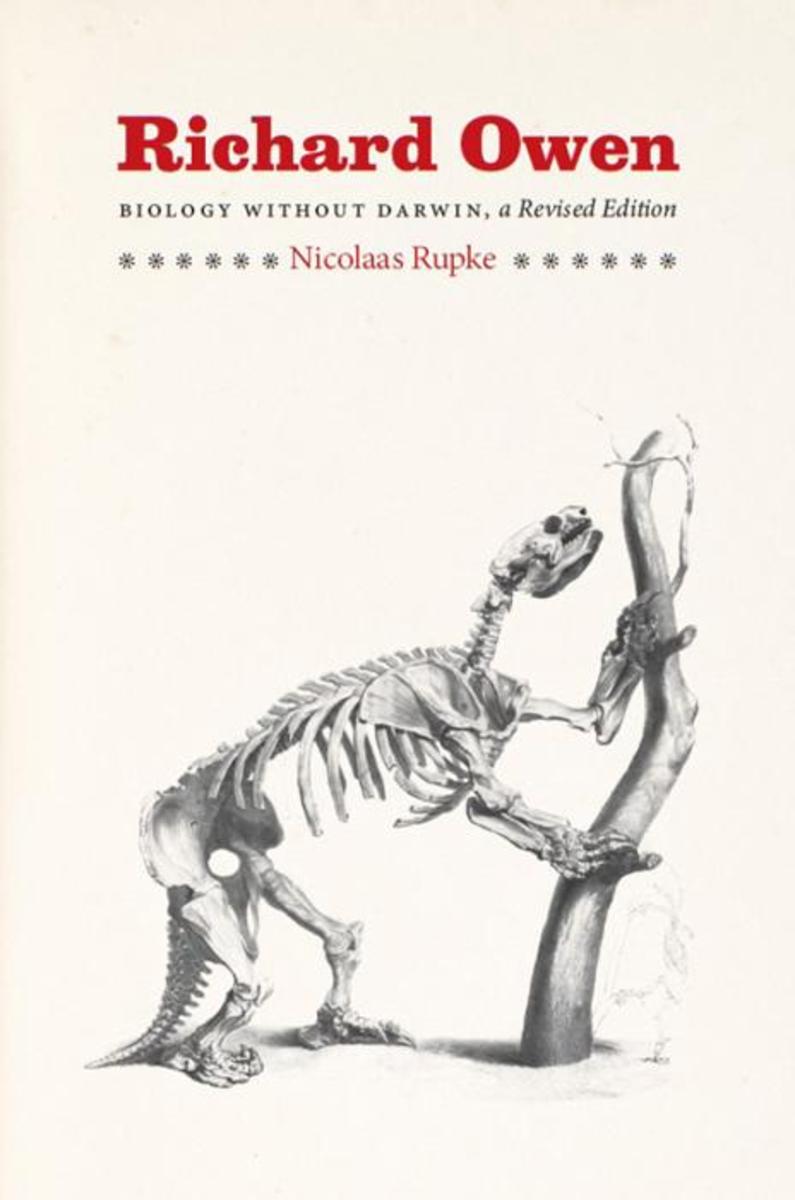
Richard Owen
¥270.76
In the mid-1850s, no scientist in the British Empire was more visible than Richard Owen. Mentioned in the same breath as Isaac Newton and championed as Britain's answer to France's Georges Cuvier and Germany's Alexander von Humboldt, Owen was, as the Times declared in 1856, the most "e;distinguished man of science in the country."e; But, a century and a half later, Owen remains largely obscured by the shadow of the most famous Victorian naturalist of all, Charles Darwin. Publicly marginalized by his contemporaries for his critique of natural selection, Owen suffered personal attacks that undermined his credibility long after his name faded from history.With this innovative biography, Nicolaas A. Rupke resuscitates Owen's reputation. Arguing that Owen should no longer be judged by the evolution dispute that figured inonly a minor part of his work, Rupke stresses context, emphasizing the importance of places and practices in the production and reception of scientific knowledge. Dovetailing with the recent resurgence of interest in Owen's life and work, Rupke's book brings the forgotten naturalist back into the canon of the history of science and demonstrates how much biology existed with, and without, Darwin

Philadelphia Barrio
¥270.76
How does a so-called bad neighborhood go about changing its reputationIs it simply a matter of improving material conditions or picking the savviest marketing strategyWhat kind of role can or should the arts play in that processDoes gentrification always entail a betrayal of a neighborhood's rootsTackling these questions and offering a fresh take on the dynamics of urban revitalization, The Philadelphia Barrio examines one neighborhood's fight to erase the stigma of devastation.Frederick F. Wherry shows how, in the predominantly Latino neighborhood of Centro de Oro, entrepreneurs and community leaders forged connections between local businesses and cultural institutions to rebrand a place once nicknamed the Badlands. Artists and performers negotiated with government organizations and national foundations, Wherry reveals, and took to local galleries, stages, storefronts, and street parades in a concerted, canny effort to reanimate the spirit of their neighborhood.Complicating our notions of neighborhood change by exploring the ways the process is driven by local residents, The Philadelphia Barrio presents a nuanced look at how city dwellers can make commercial interests serve the local culture, rather than exploit it.

Conflagration of Community
¥270.76
"e;After Auschwitz to write even a single poem is barbaric."e; The Conflagration of Community challenges Theodor Adorno's famous statement about aesthetic production after the Holocaust, arguing for the possibility of literature to bear witness to extreme collective and personal experiences. J. Hillis Miller masterfully considers how novels about the Holocaust relate to fictions written before and after it, and uses theories of community from Jean-Luc Nancy and Derrida to explore the dissolution of community bonds in its wake.Miller juxtaposes readings of books about the Holocaust-Keneally's Schindler's List, McEwan's Black Dogs, Spiegelman's Maus, and Kertsz's Fatelessness-with Kafka's novels and Morrison's Beloved, asking what it means to think of texts as acts of testimony. Throughout, Miller questions the resonance between the difficulty of imagining, understanding, or remembering Auschwitz-a difficulty so often a theme in records of the Holocaust-and the exasperating resistance to clear, conclusive interpretation of these novels. The Conflagration of Community is an eloquent study of literature's value to fathoming the unfathomable.

Marriage and Cohabitation
¥270.76
In an era when half of marriages end in divorce, cohabitation has become more commonplace and those who do get married are doing so at an older age. So why do people marry when they doAnd why do?some couples choose to cohabitA team of expert family sociologists examines these timely questions in Marriage and Cohabitation, the result of their research over the last decade on the issue of union formation.Situating their argument in the context of the Western world's 500-year history of marriage, the authors reveal what factors encourage marriage and cohabitation in a contemporary society where the end of adolescence is no longer signaled by entry into the marital home. While some people still choose to marry young, others elect to cohabit with varying degrees of commitment or intentions of eventual marriage. The authors' controversial findings suggest that family history, religious affiliation, values, projected education, lifetime earnings, and career aspirations all tip the scales in favor of either cohabitation or marriage. This book lends new insight into young adult relationship patterns and will be of interest to sociologists, historians, and demographers alike.
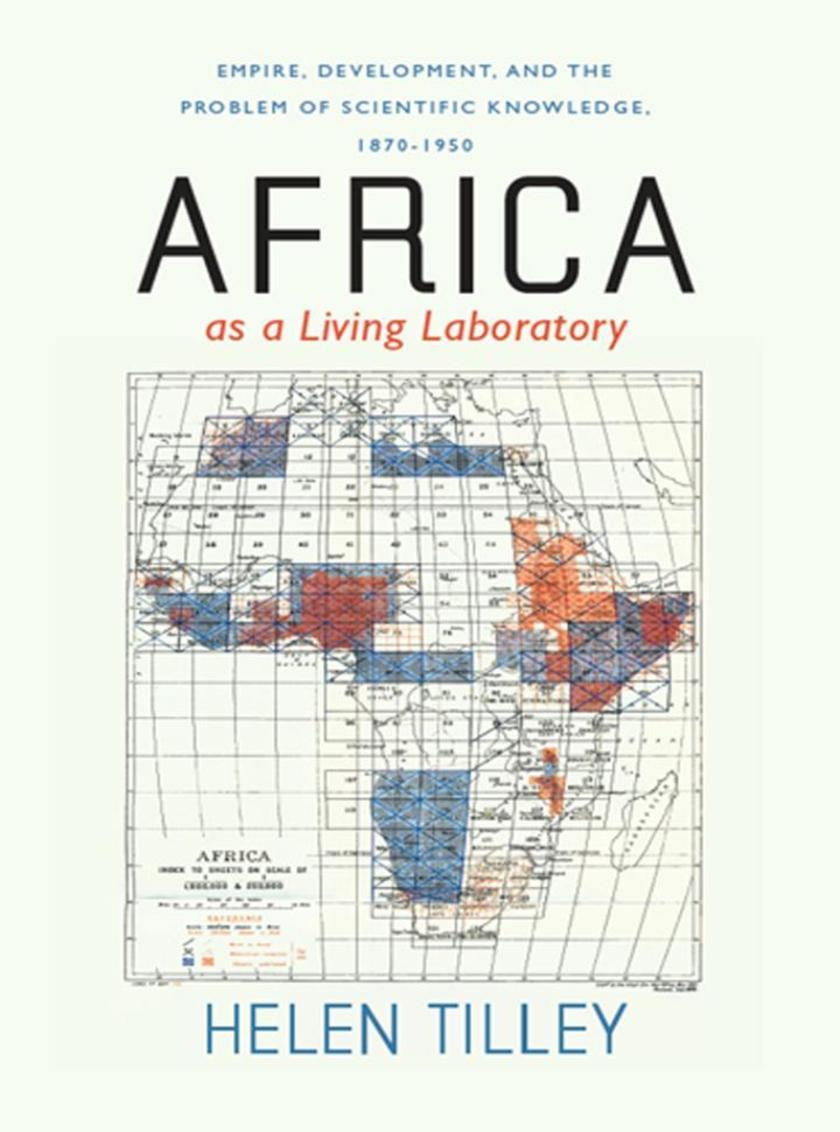
Africa as a Living Laboratory
¥270.76
Tropical Africa was one of the last regions of the world to experience formal European colonialism, a process that coincided with the advent of a range of new scientific specialties and research methods. Africa as a Living Laboratory is a far-reaching study of the thorny relationship between imperialism and the role of scientific expertise-environmental, medical, racial, and anthropological-in the colonization of British Africa.A key source for Helen Tilley's analysis is the African Research Survey, a project undertaken in the 1930s to explore how modern science was being applied to African problems. This project both embraced and recommended an interdisciplinary approach to research on Africa that, Tilley argues, underscored the heterogeneity of African environments and the interrelations among the problems being studied. While the aim of British colonialists was unquestionably to transform and modernize Africa, their efforts, Tilley contends, were often unexpectedly subverted by scientific concerns with the local and vernacular. Meticulously researched and gracefully argued, Africa as a Living Laboratory transforms our understanding of imperial history, colonial development, and the role science played in both.

Cancer on Trial
¥270.76
Until the early 1960s, cancer treatment consisted primarily of surgery and radiation therapy. Most practitioners then viewed the treatment of terminally ill cancer patients with heroic courses of chemotherapy as highly questionable. The randomized clinical trials that today sustain modern oncology were relatively rare and prompted stiff opposition from physicians, who were loath to assign patients randomly to competing treatments. Yet today these trials form the basis of medical oncology. How did such a spectacular change occurHow did medical oncology pivot from a nonentity and, in some regards, a reviled practice to the central position it now occupies in modern medicineIn Cancer on Trial Peter Keating and Alberto Cambrosio explore how practitioners established a new style of practice, at the center of which lies the cancer clinical trial. Far from mere testing devices, these trials have become full-fledged experiments that have redefined the practices of clinicians, statisticians, and biologists. Keating and Cambrosio investigate these trials and how they have changed since the 1960s, all the while demonstrating their significant impact on the progression of oncology. A novel look at the institution of clinical cancer research and therapy, this book will be warmly welcomed by historians, sociologists, and anthropologists of science and medicine, as well as clinicians and researchers in the cancer field.
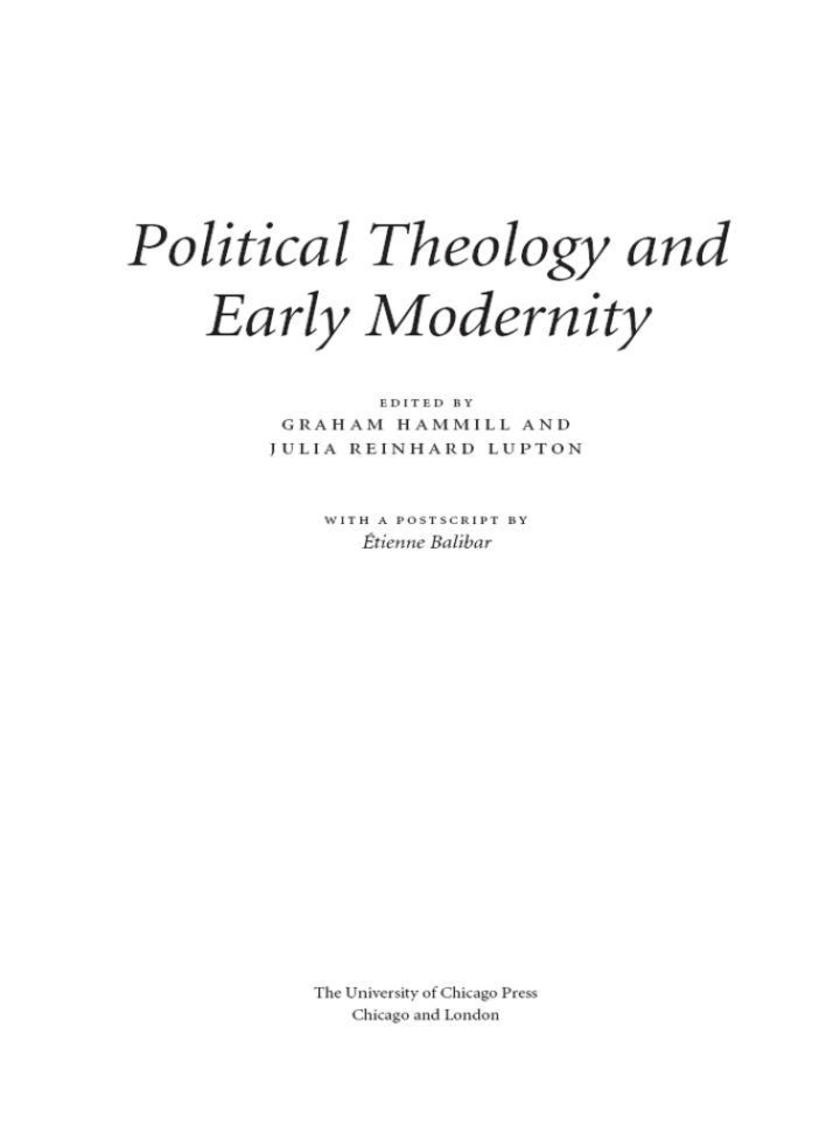
Political Theology and Early Modernity
¥270.76
Political theology is a distinctly modern problem, one that takes shape in some of the most important theoretical writings of the twentieth and twenty-first centuries. But its origins stem from the early modern period, in medieval iconographies of sacred kinship and the critique of traditional sovereignty mounted by Hobbes and Spinoza. In this book, Graham Hammill and Julia Reinhard Lupton assemble established and emerging scholars in early modern studies to examine the role played by sixteenth- and seventeenth-century literature and thought in modern conceptions of political theology.?Political Theology and Early Modernity explores texts by Shakespeare, Machiavelli, Milton, and others that have served as points of departure for such thinkers as Schmitt, Strauss, Benjamin, and Arendt. Written from a spectrum of positions ranging from renewed defenses of secularism to attempts to reconceive the religious character of collective life and literary experience, these essays probe moments of productive conflict, disavowal, and entanglement in politics and religion as they pass between early modern and modern scenes of thought. This stimulating collection is the first to answer not only how Renaissance and baroque literature help explain the persistence of political theology in modernity and postmodernity, but also how the reemergence of political theology as an intellectual and political problem deepens our understanding of the early modern period.




 购物车
购物车 个人中心
个人中心



